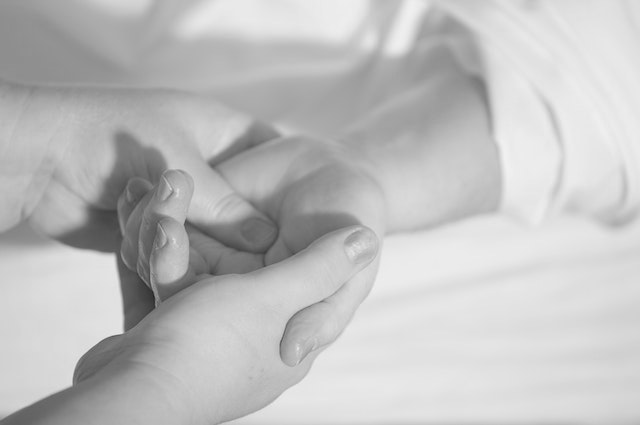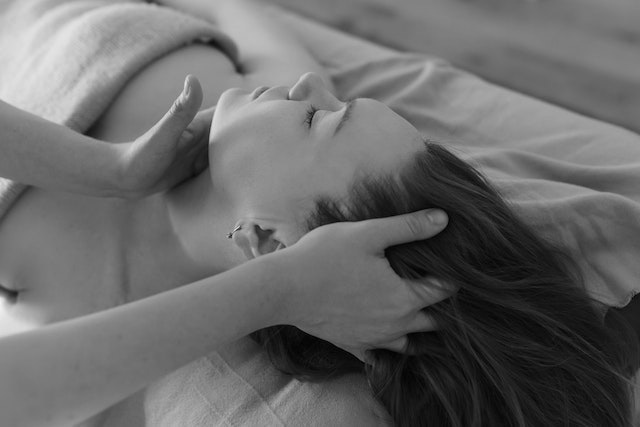Reflexology Massage
Reflexology massage is a type of massage therapy that involves applying pressure to specific areas on the hands, feet, and ears, known as reflex points. These reflex points are believed to correspond to different organs and systems in the body, and stimulating them through massage can promote relaxation, reduce stress, and improve overall well-being.
In this comprehensive guide to reflexology massage, we’ll explore the benefits, techniques, and best practices for incorporating reflexology massage into your wellness routine.

Benefits of Reflexology Massage
Reflexology massage can offer a number of benefits for individuals who experience stress, anxiety, or chronic pain. Some of the most notable benefits of reflexology massage include:
1. Relaxation: Reflexology massage can promote relaxation and reduce stress by activating the parasympathetic nervous system.
2. Improved circulation: Reflexology massage can help to improve blood flow and promote better circulation throughout the body.
3. Pain relief: Reflexology massage can help to alleviate pain and discomfort in the feet, hands, and other areas of the body.
4. Improved sleep: Reflexology massage can help to improve sleep quality by promoting relaxation and reducing stress.
Techniques Used in Reflexology Massage
Reflexology massage typically involves applying pressure to specific reflex points on the feet, hands, and ears. Some of the most common techniques used in reflexology massage include:
1. Thumb-walking: This technique involves using the thumbs to apply pressure to the reflex points on the feet, hands, and ears.
2. Finger-pressing: This technique involves using the fingers to apply pressure to the reflex points on the feet, hands, and ears.
3. Rotational pressure: This technique involves applying pressure to a reflex point and then rotating the thumb or finger in a circular motion.
Best Practices for Incorporating Reflexology Massage into Your Wellness Routine
If you’re interested in incorporating reflexology massage into your wellness routine, there are a few best practices to keep in mind:
1. Find a licensed and experienced massage therapist who is knowledgeable about reflexology massage and its benefits.
2. Communicate your specific goals and concerns to your massage therapist before your session so that they can tailor their techniques to meet your needs.
3. Be prepared to remove your shoes and socks, or roll up your pants and sleeves to expose your feet and hands.
4. Drink plenty of water before and after your reflexology massage session to aid in the removal of metabolic waste products from the body.
5. Listen to your body and adjust your wellness routine as needed to avoid overtraining or injury.

Conclusion
Reflexology massage can be a powerful tool for individuals who experience stress, anxiety, or chronic pain. By incorporating regular reflexology massage sessions into your wellness routine and following best practices for self-care, you can promote relaxation, reduce stress, and improve overall well-being.
